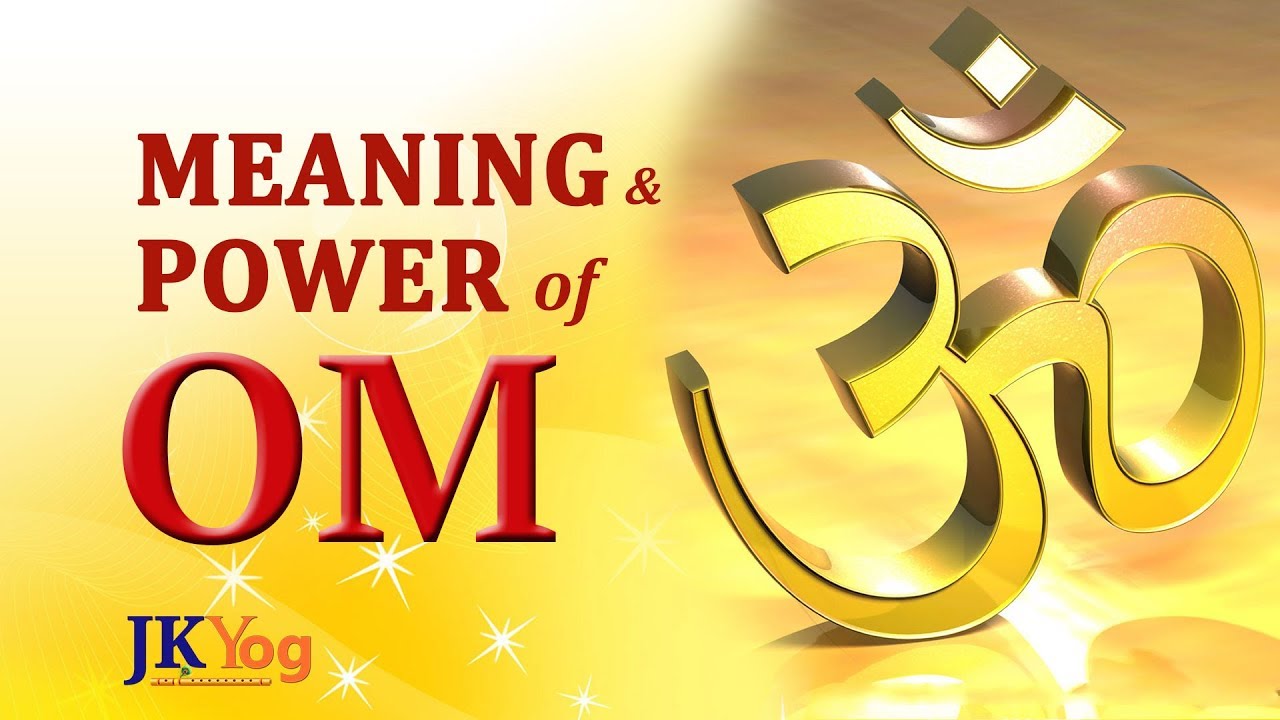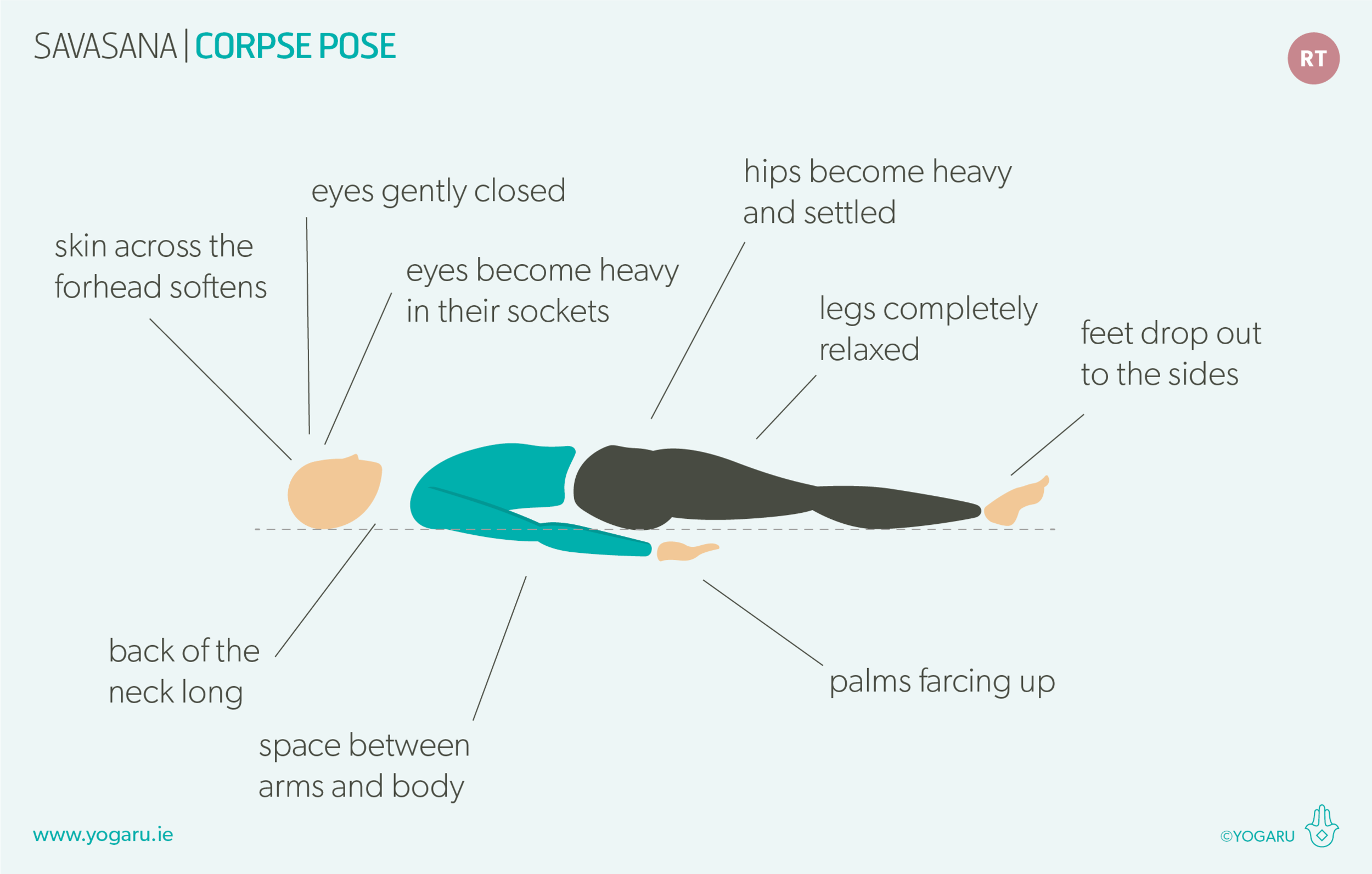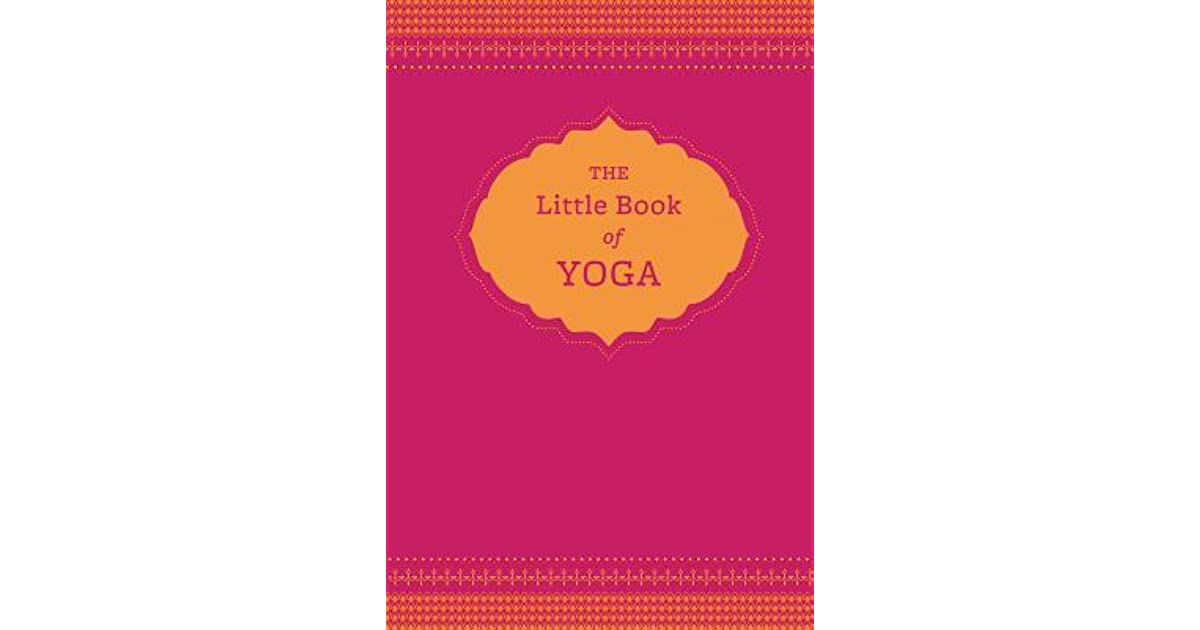
There are many options for yoga arms. The most popular are the Plank, Child's pose and Uneven plank. A Forearm plank is also possible. These poses are good for your arms and core. You can try out these poses and see for yourself if they are right for you.
Plank pose
Planks are a great way strengthen your arms and improve your posture. This is a great exercise to increase your stamina. The pose can be held for up to five minutes before you lower yourself to your knees. Once you're done with the pose, you can go into Knees Chest-Chin Pose and Child's Pose to continue your practice.

Uneven plank
The uneven plank is one the most effective and popular plank variations. This exercise is designed to strengthen the core and triceps. To perform this exercise, you should stand in a straight line and lift one arm off the floor. Keep your right hand flat on to the floor while you do this.
Children's pose
Child's pose is a good pose for releasing stress and strengthening the back. It helps soothe the eyes and alleviate stiffness. It's also useful in relieving dizziness, headache, and breathlessness. It can also be used to relieve menstrual symptoms.
Forearm plank
The forearm planek is a great exercise to increase core strength and flexibility. The forearm plank engages several major muscle group, including the back and shoulders. It can also help you maintain a straight, toned body and tight abs.
Dolphin pose
You can do a Dolphin position on your yoga arms if you want. This position places the heart above the head and offers many of the same benefits of an inversion. This position increases blood flow to the brain, improves focus and concentration, and allows for fresh blood to be delivered to the heart. This position can help with menstrual discomforts and symptoms associated with menopause. In addition, the pose calms the brain and relieves mild depression.

Forearm Downward-Facing Dog
This Downward-facing dog variant requires you to use your forearms. It also requires tightening your abdominal muscles. This pose activates the Solar Plexus manipura Chakra.
FAQ
Is yoga associated with side effects?
Yoga poses some risks, as with all physical activities. Injury is the biggest danger. You should be able to safely perform each pose.
If you're new to yoga, you might get dizzy or faint when standing on your head.
This is caused when blood pools in your brain. This sensation will quickly go away, but don't panic.
Do you feel chest pains when doing downward-facing dog? Don't hold the breath. This will only increase your heart beat and make it worse.
What foods are best to avoid after I do yoga?
Avoiding certain foods may reduce your energy levels. It may also cause you to feel bloated or have stomach cramps. If you feel tired after practice, you may want to eat something light and nourishing.
Is yoga safe?
Yes! Yoga is generally considered low risk and safe for all. However, speak with your doctor before beginning a yoga routine if you have any medical conditions or injuries.
How does yoga influence mental health?
Yoga is an ancient practice that originated from India. It was originally used to help people relax and relieve stress. Today, many people use yoga to help them cope with depression, anxiety, panic attacks, insomnia, chronic pain, and other conditions.
Yoga may improve physical symptoms like backaches, arthritis and headaches. People who practice yoga report feeling happier and calmer.
Is yoga a sweaty sport?
It all depends on what type of yoga you are practicing. Vinyasa flow (or Power) yoga involves lots jumping, twisting and turning movements. It's not uncommon for people to sweat heavily when they practice yoga.
Hatha yoga, on the other hand, focuses more on forwarding bends or twists. Because these poses aren't very strenuous, most practitioners won't experience heavy perspiration.
What length should a yoga class be?
A typical yoga session takes between 45 minutes and one hour. The type and amount of yoga you do will dictate the length of the session. 45-60 mins would be sufficient for strength-building exercises. You may need to spend an hour if your goal is relaxation or meditation.
The length of your class also depends on which kind of yoga class it is. Some classes emphasize fast, intense movements while others are slow and deep.
Where can I find a qualified yoga teacher?
You can find qualified yoga teachers in your local community. If you live far from a yoga studio, you can search for one online. You might also consider signing up for a class that allows you to register online.
Statistics
- Lock in 25% off your Founding Member rate. (corepoweryoga.com)
- The American Psychological Association recently shared that 84% of American adults feel the impact of prolonged stress (5). (healthline.com)
- A 2020 review of 27 studies (1,805 total participants) of yoga interventions in children or adolescents found reductions in anxiety or depression in 70 percent of the studies, with more promising results for anxiety. (nccih.nih.gov)
- Gentle yoga has been shown to ease some of the discomforts of tender, swollen joints for people with arthritis, according to a Johns Hopkins review of 11 recent studies. (hopkinsmedicine.org)
- Start your Fall off right with 20% off All Access Membership when you sign up by 9/25! (corepoweryoga.com)
External Links
How To
Is yoga a good option for menopause symptoms?
Yoga, an ancient form of meditation, focuses on breathing, stretching, and meditation. It originated in India. It has been used to stay fit for thousands upon thousands of years. It has gained popularity as people search for alternatives to staying healthy and active in stressful situations.
Yoga is about using postures (asanas), in order to stretch muscles and improve flexibility. This helps to relieve tension and build strength and stamina.
There are also many different types of yoga, including Ashtanga, Hatha, Vinyasa flow, Bikram, etc. Each type focuses specifically on one aspect of the body like breath, stretching, relaxation, and meditation.
All forms of yoga aim to bring about balance in the mind and body. Yoga benefits include better fitness, better sleep quality as well weight loss.
Yoga may be beneficial in the treatment of anxiety, depression, insomnia, and other conditions. However, evidence is lacking to show that yoga has any effect on other health issues like menopausal symptoms.
Yoga is a way to feel happier and healthier.
It is important for you to know that yoga can cause muscle soreness. You should consult your doctor if there are any concerns regarding your medical condition.